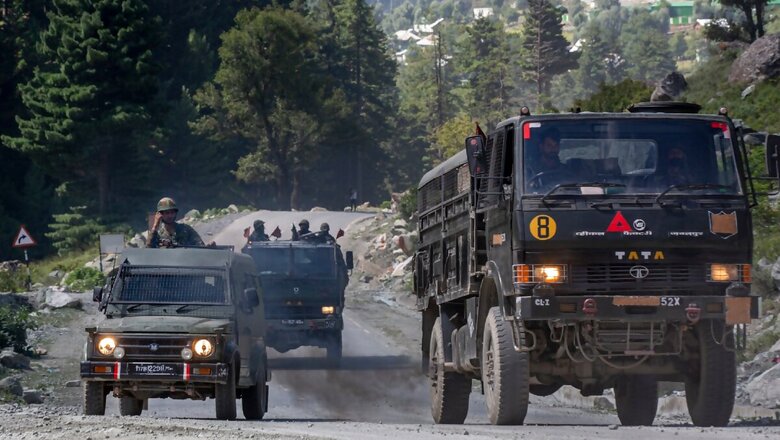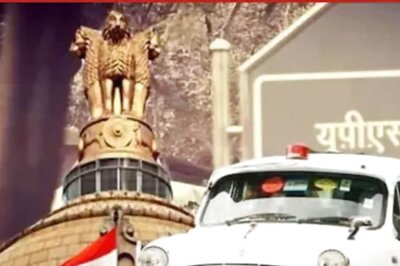
views
After the sixth round of Corps Commander-level talks with China, the first response from government sources was an honest admission – that there was no apparent result. The explanation was that the issue is complex and will need more rounds of talks.
This made one aspect quite clear; that the 5-point consensus arrived at in Moscow was not being implemented immediately. This consensus was discussed and mentioned by the two sides in their respective statements, but not in the joint press release issued around 3:30am IST on September 11.
The joint press release had mentioned “dialogue, quickly disengage, maintain proper distance and ease tensions” as points “agreed” upon. “The two Foreign Ministers agreed that the current situation in the border areas is not in the interest of either side,” it said.
Meanwhile, another joint press release was issued on Tuesday which came 18 hours after the Corps Commander talks ended in Moldo. Significantly, this military meeting also had a diplomat providing the continuity between Moscow and Moldo. Joint secretary (East Asia) Naveen Srivastava has been handling the diplomatic meetings with China under the Working Mechanism for Consultation and Coordination (WMCC) on border affairs and was also part of External Affairs Minister S Jaishankar’s team in Moscow when the latter met his Chinese counterpart Wang Yi.
After the Corps Commanders’ meeting, there was only one joint press release, unlike after the Moscow meeting where two separate and one joint statement was issued. The press release issued after the 14-hour Moldo meeting said: The two sides had candid and in-depth exchanges of views on stabilizing the situation along the LAC in the India-China border areas.”
Stabilising the situation at the LAC was the crucial point here leading up to the only new point in the release – that both sides will “stop sending more troops to the frontline”. This indicated that for the present, with no agreement on disengagement at the friction points, the two sides had come to terms with the fact that maintaining the current situation without further aggravation was the best case scenario.
Former Indian diplomat Rajiv Dogra explains. “A cardinal principle of diplomacy is to keep trying. So it is a positive if the tensions have not escalated further. But diplomatic optimism does not mean shutting your eyes to the reality on ground.”
So, Ambassador Dogra warns – “it suits China if this situation prolongs”.
Around 2013, during the Depsang stand-off, a senior and seasoned diplomat who has since retired had once explained with regards to China that “their motive” will continue to be to change ground realities. He had said that China’s objective is to create new realities with every stand-off so that whenever maps for the crucial Western and Eastern sectors are exchanged, they can claim newer territories by citing incidences of the past, which are actually blatant transgressions in reality.
In this context, the two recent claims of China are significant. First, with regards to the Galwan Valley. In several statements after the bloody June 15 clashes, it claimed that it was India not China that crossed the LAC into their territory. India refuted these claims several times over. “The position with regard to the Galwan Valley area has been historically clear. Attempts by the Chinese side to now advance exaggerated and untenable claims with regard to Line of Actual Control (LAC) there are not acceptable. They are not in accordance with China’s own position in the past,” New Delhi said.
On the transgressions in northern bank of Pangong Lake, the Chinese ambassador to India, Sun Weidong, claimed during a webinar by Institute of Chinese Studies that “on the northern bank of Pangong Lake, China’s customary boundary line is in accordance with the LAC. China has not expanded its territorial claim”.
The Indian side is cognizant of China’s plan for a long time. However, with several friction points — in northern bank of Pangong Lake, Depsang, Gogra and now south bank of Pangong Lake — and little headway during the summer, there was seemingly one choice as the harsh winter sets – the commitment to not aggravate the situation by pausing on sending more troops. Perhaps this was the reason that even though the joint press release talks of the “consensus” between leaders to be implemented, it stops short of spelling out disengagement and de-escalation this time.















Comments
0 comment